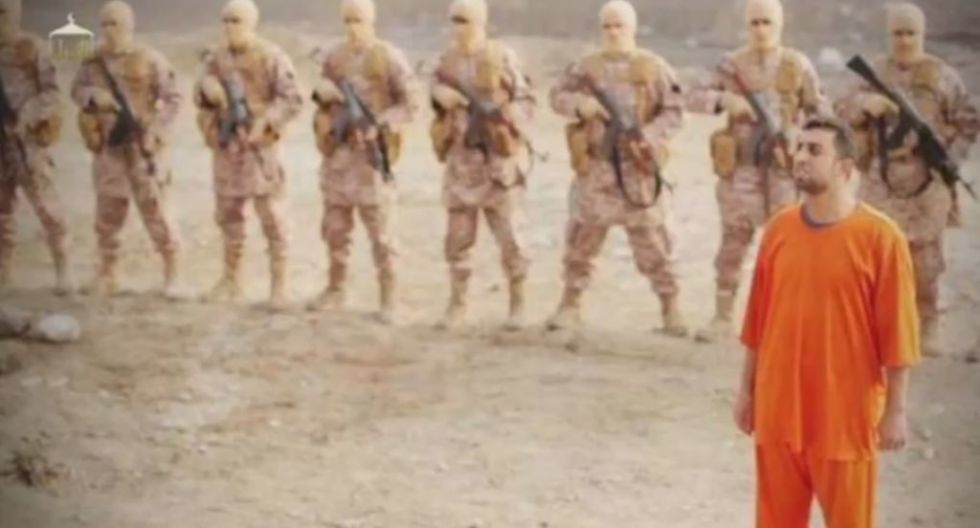One of the most popular narratives about ISIL’s recent immolation of Jordanian Moaz al-Kasasbeh is that the group resorted to such brutal measures against the pilot because they are desperate—pushed to the brink by coalition airstrikes. However, there are four major problems with this interpretation:
First, the participation of Arab states has been mostly symbolic throughout the anti-ISIL campaign. At the time the execution video went public, Jordan, UAE, Bahrain and Saudi Arabia combined had carried out less than 8% of the total strikes over the last six months—and dropped an even smaller percentage of the total payload. The UAE stopped strikes altogether when al-Kasasbeh was captured in December out of concern for their own pilots; Jordan also ceased their campaign while negotiating for al-Kasasbeh’s release. So if the goal was to halt airstrikes by coalition partners, Lt. al-Kasasbeh was clearly worth much more alive than dead. But more broadly, it wouldn’t make sense for ISIS’ gesture to be aimed at pushing coalition partners out of the theater when they were barely “in” to begin with.
Second, the immolation of the pilot did not lead to less airstrikes, but more—and not only from Jordan, but pulling UAE back into the fight. Given King Abdullah’s legitimacy struggles and the unpopularity of Jordanian involvement in the coalition, a tribal and reactionary escalation was the predictable response rather than being unforeseen blowback. In fact, the action was likely designed to provoke deeper Jordanian involvement, commensurate with ISIL’s broader strategy up to now. In this case, Abdullah would be playing into al-Baghdadi’s hands.
Third, it is not clear how much of an impact the strikes are having on the group militarily. The attrition rate of the coalition strikes over the last six months has barely kept pace with ISIS’ enlistments over the same period. But prior to the U.S.-led air campaign, ISIL was already pushing at the frontiers of its “natural” borders, as well as its occupation capacity; a slowing of territorial expansion was to be expected even without intervention: further gains would require the organization to go head-to-head with the “real” armies of Kurdistan, Iraq, Syria or Turkey—which the group has assiduously tried to avoid for the virtual entirety of its history (because these would be conflicts ISIS could not realistically win). So it would be improper to credit the airstrikes with ISIS’ posture shift in Iraq and Syria from one of expansion to one of consolidation. In fact, to the extent that ISIS has been stalled and pushed back by recent international involvement, Iran probably deserves the most credit for making a tangible impact “on the ground.”
Fourth, ISIL has subsequently burned alive a handful more people—none of the rest of these were pilots, and most were civilians. What all the victims of immolation have had in common was that they were Muslims accused of resisting ISIL; the tactic was not used, for instance, on the Japanese hostages who were likely executed after al-Kasasbeh’s immolation on January 3rd, despite Japan’s growing involvement in the anti-ISIS coalition.
The Takeaway: while it may be comforting to think that ISIL burned the pilot alive because they are desperate to show their strength in the wake of the coalition’s military effectiveness—these tropes prove to be deeply problematic under analysis. Easy narratives are rarely the most insightful.

